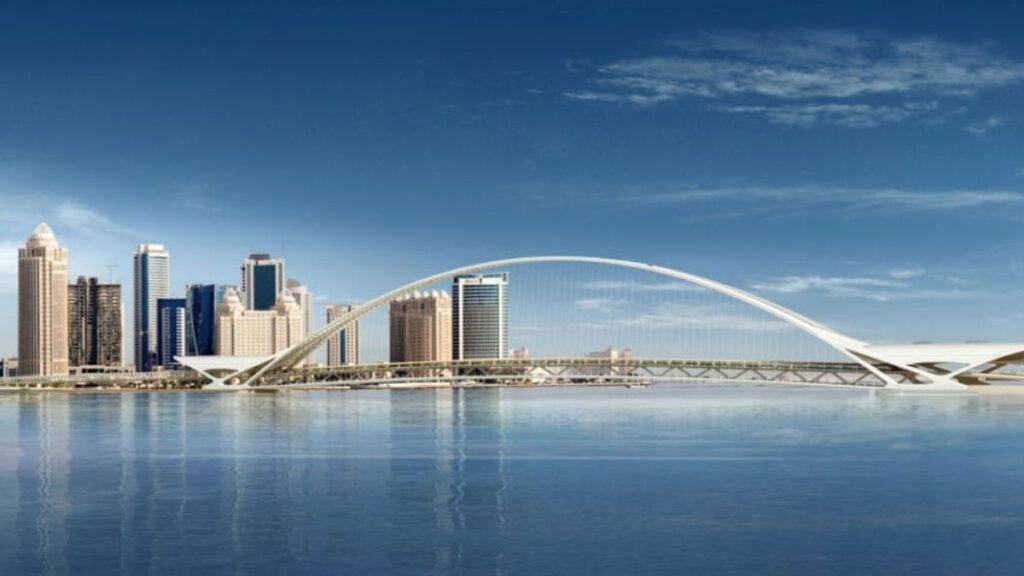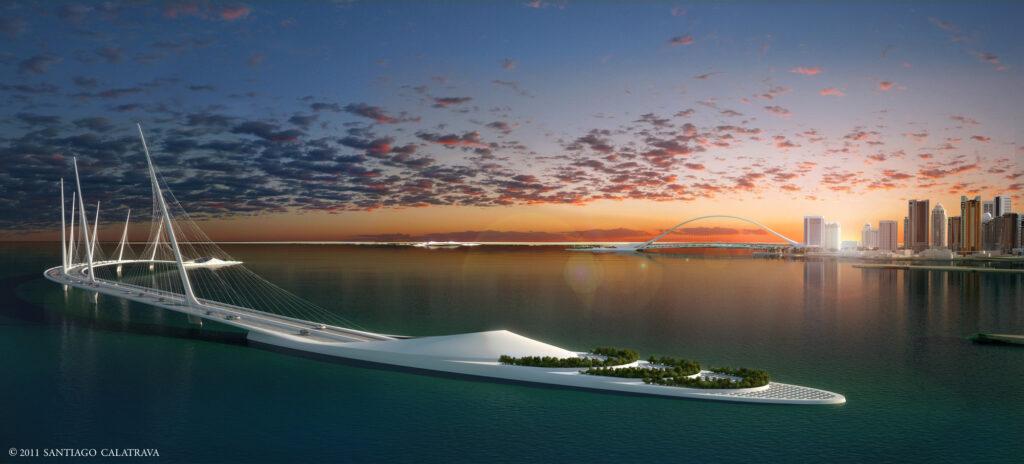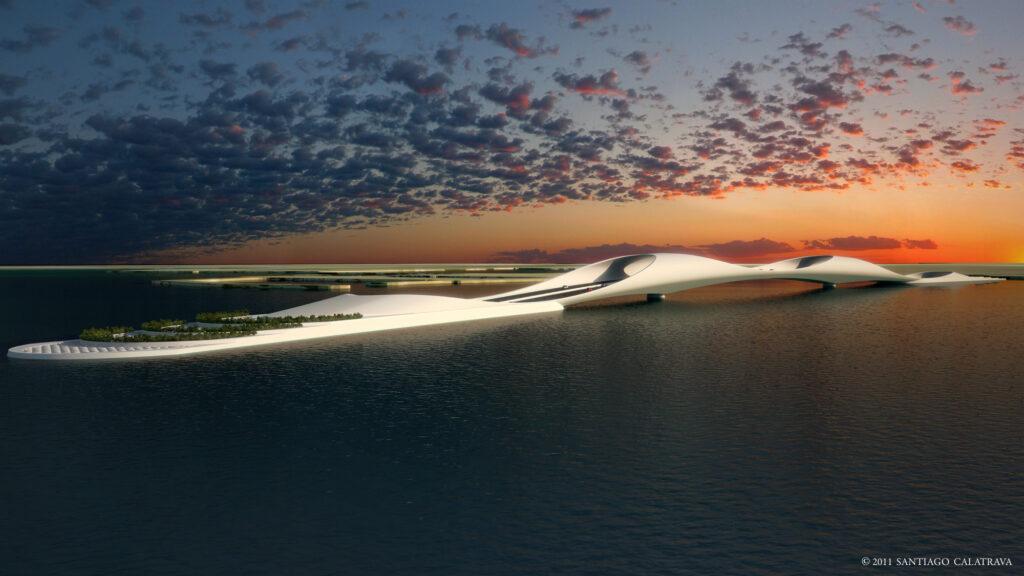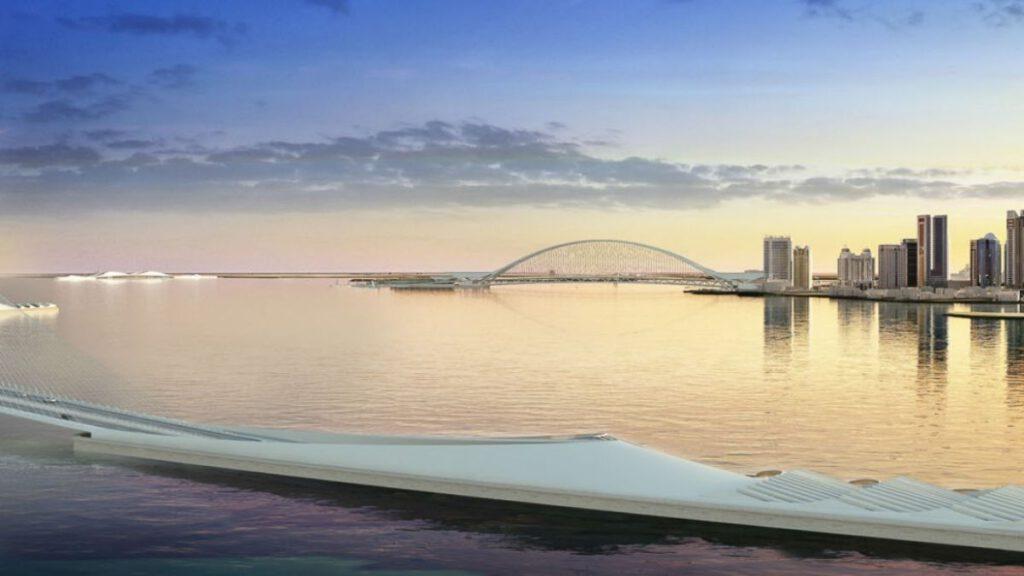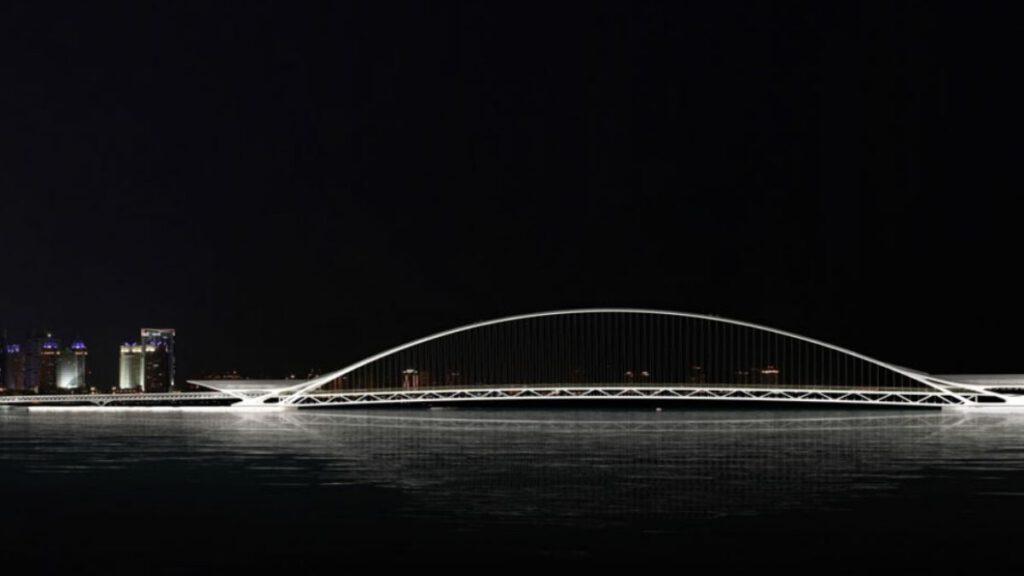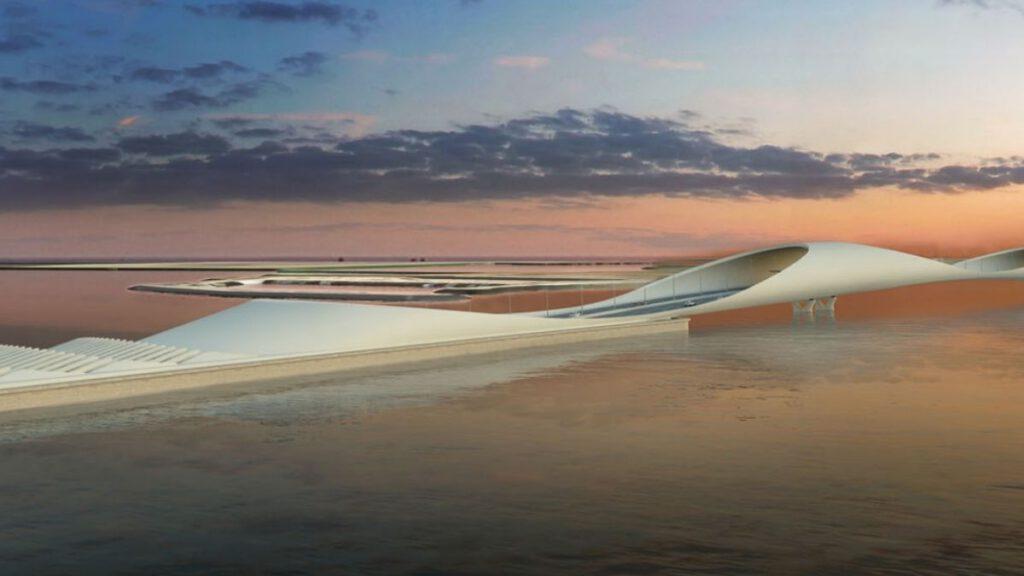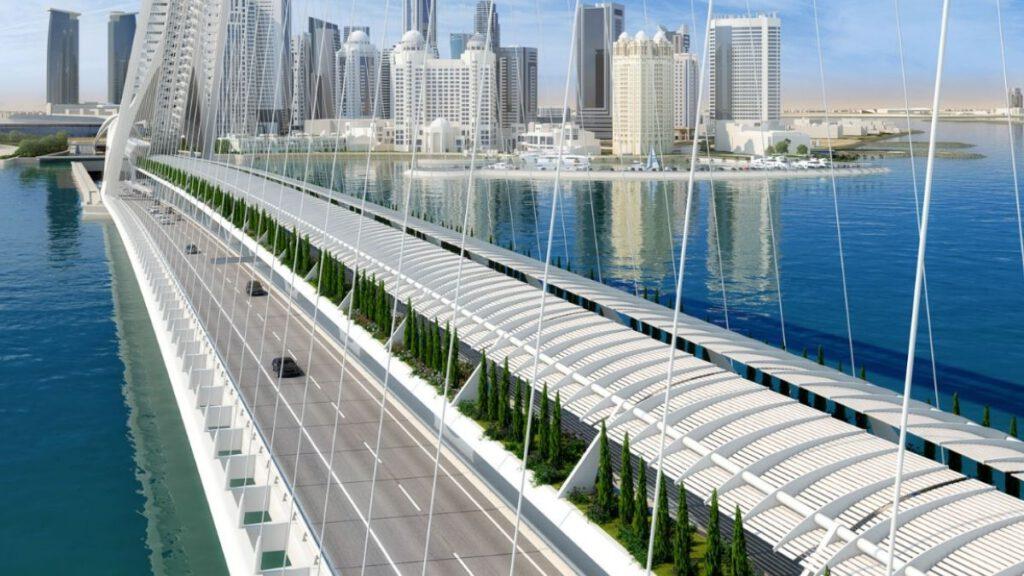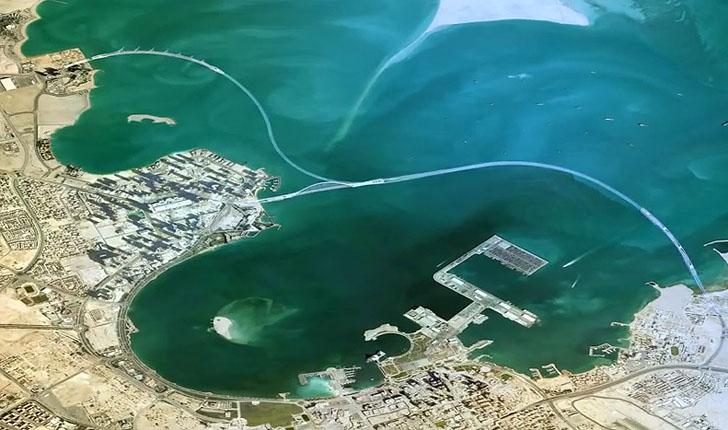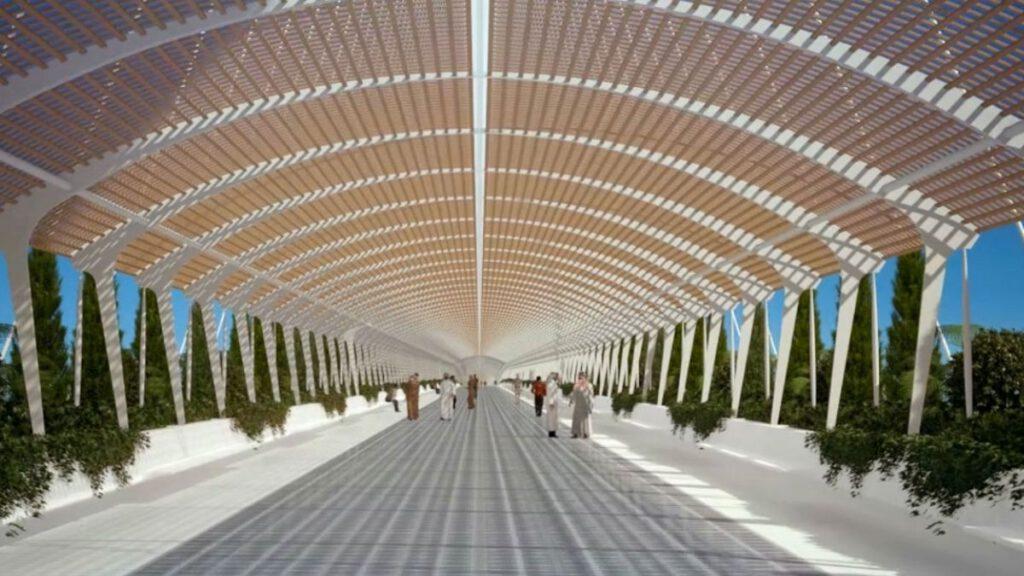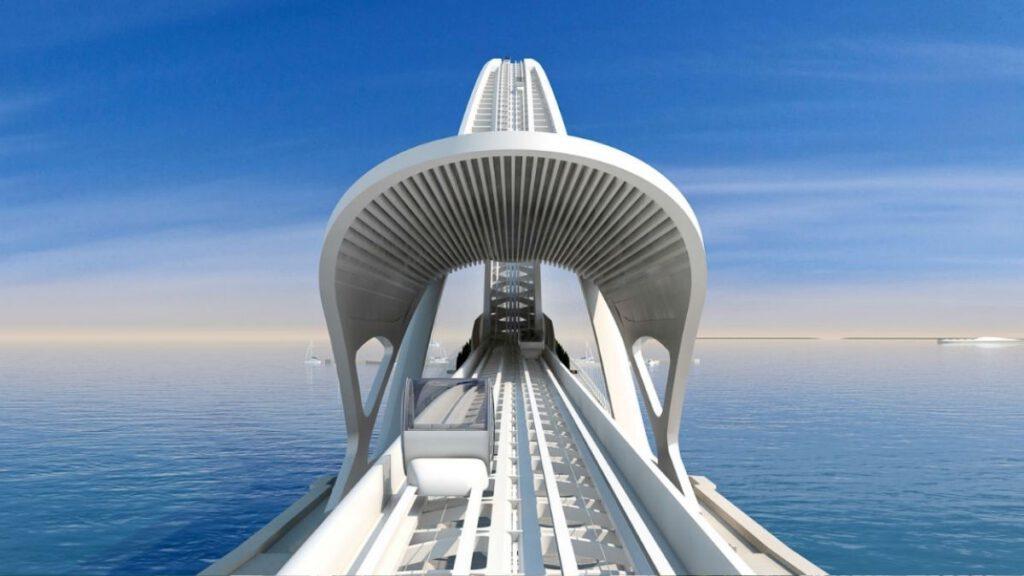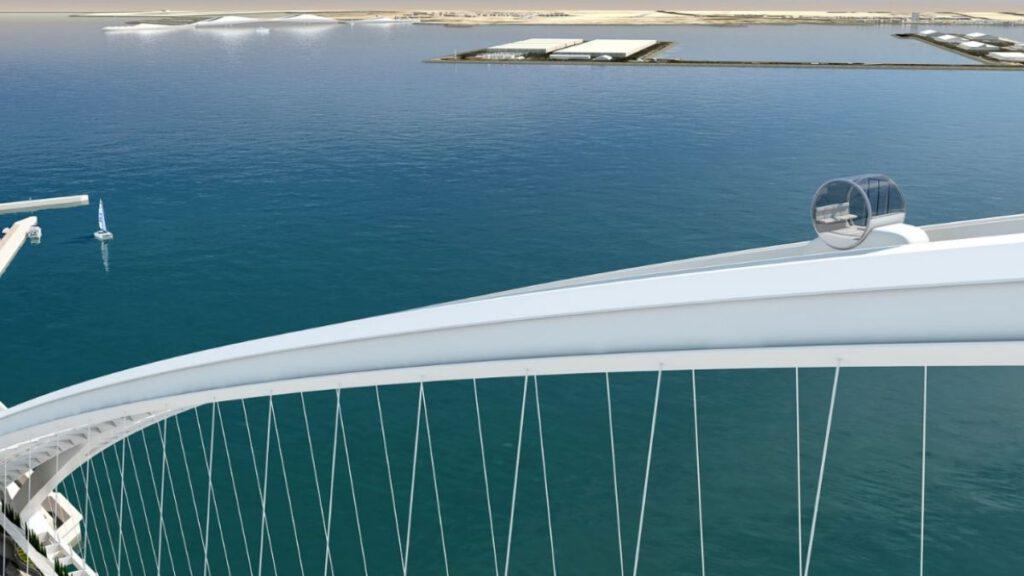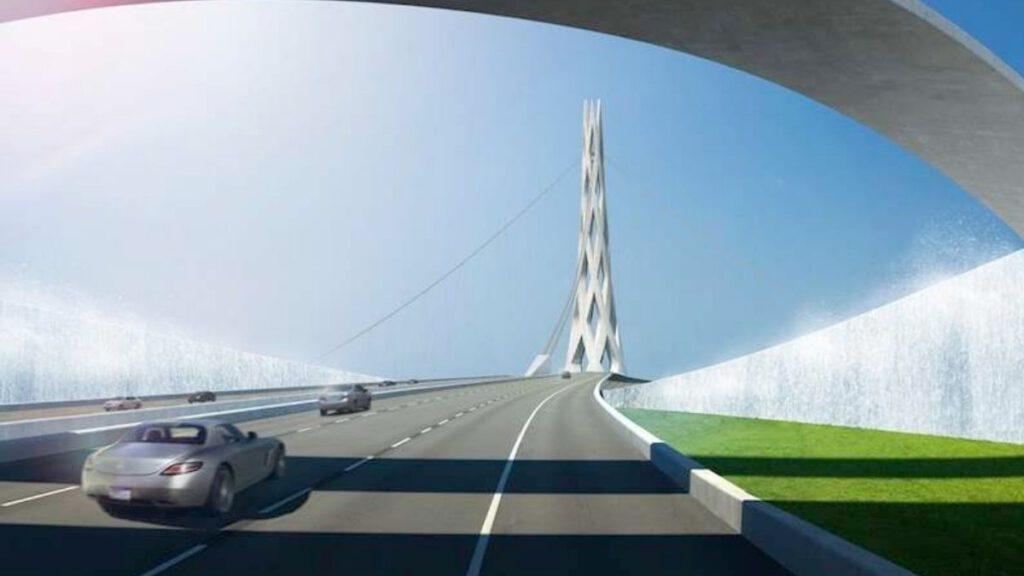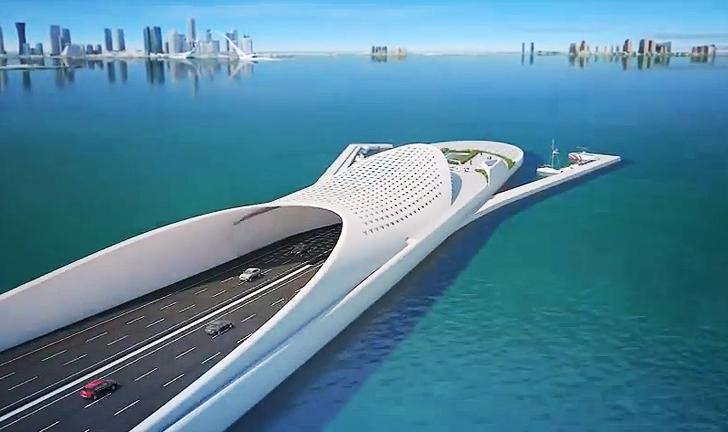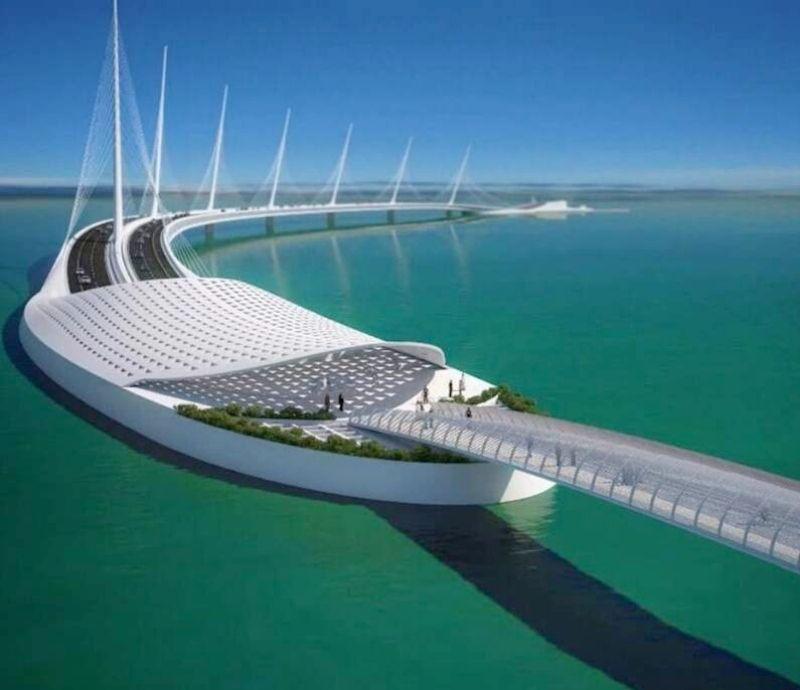Qatar gives the go-ahead for Calatrava’s Sharq Crossing
The emirate of Qatar set aside funds in its 2020 budget for the spectacular Sharq Crossing designed by star architect Santiago Calatrava. Construction will begin soon.
The project will undeniably deliver one of the most breathtaking experiences available to motorists: the journey along Sharq Crossing and its interconnecting bridges in Doha Bay.
Qatar’s government is keen for the megaproject by star architect Santiago Calatrava to get underway at last, as the Swiss-Spanish construction artist and engineer presented the designs back in 2011.
Originally called Doha Bay Crossing in the master plan, the project has now been renamed Sharq Crossing. Costs for its construction were included in the emirate of Qatar’s budget proposal for 2020. It is said that the go-ahead for this multi-billion-dollar project is a sign of the country’s confidence in its long-term growth, especially as local construction companies are set to receive new work as a result. The project is also due to create several thousand new jobs both directly and indirectly.
Infrastructure projects for the 2022 World Cup
However, the go-ahead for the project must also clearly be seen in the context of Qatar’s role as host of the FIFA World Cup in 2022. It is unlikely that the infrastructural mega-project will be finished by then, though. Building is due to be completed within four years, which is not exactly a precise statement.
The billion-dollar Sharq Crossing project will consist of three parts that are interconnected via an underwater tunnel. As specified in the original draft, the three Sharq Crossing bridges will cover lengths of between 600 and 1,310 metres. They will connect Doha’s Hamad International Airport with Katara Cultural Village in the north of the city and West Bay Financial District.
New landmark: Sharq Crossing
Qatar’s government has set aside 90 billion Qatari riyals (21.2 billion euros) in the national budget for major projects. The leading Business Intelligence Agency in the Middle East, MEED, estimated the costs for Sharq Crossing alone at twelve billion US dollars. Government representatives say that the iconic ensemble is set to redefine Doha’s skyline.
6,000 vehicles per hour are expected to be able to use and travel along Sharq Crossing. This would provide commuters with an easier route and also ease the burden on the Corniche coastal road, which will also be redesigned and expanded.
Efficient underground construction, iconic design
This important transport link displays a unique combination of efficient underground construction and iconic design. Plans submitted to Qatar’s Ministry of Municipality and Urban Planning (MMUP) by Calatrava deviated from the tunnel-only solution previously suggested, instead presenting a variant with a bridge at each of the three ends of the tunnel system.
Each bridge is connected to the transport system via a short tunnel “underpass” beneath the coastal area. The designs show the bridges emerging a short distance from the coast before descending under the sea to join up with the main road tunnel. This allows each bridge to stand as an individual sculpture with its own character: as a reply to the neighbouring city skyline, as it were.
World’s largest arch span
The three bridges and two tunnels cover a total distance of approx. twelve kilometres. According to experts at the construction company Tunnel Engineering Consultants (TEC) that worked on preparation for the project, the Marine Interchange is of particular interest as a complex underground intersection.
The most sophisticated part, West Bay Bridge, will have the largest arch span in the world and will connect the shore with the Marine Interchange.
The tunnel lengths have been kept short to reduce the cross-section and excavation requirements, according to architecture bureau Calatrava. Long-term maintenance burden is also kept at a minimum using comparatively simple mechanical systems (notably for ventilation and smoke extraction).
Islands in the sea
Wherever the road rises and falls again, surrounded by the sea, it creates an island. The eastern “island” is extended to form a kind of belvedere, with terraced levels and roofs offering space for various recreational activities as well as a marina.
The dual-level West Bay Bridge will include a park and food outlets. Visitors can either stroll along the park-like, glass walkway or cross the bridge in a funicular cable car, enjoying the spectacular scenery from a personal viewing cabin at 125 metres above sea level.
Al Sharq Bridge, which lends its name to the overall project, is conceived as a tubular structure that spans the inlet adjacent to Doha’s new airport. Guests to the city can enjoy a stunning first view of downtown Doha’s skyline.
Preserving the coastal area
One essential part of the project for Calatrava was preservation of the complete coastal area as a unit in the district of Doha. There’s no question about it: the delicate white structure with its vibrant walkways and slender design looks decidedly impressive.
Some experts believe that a question mark is left hanging over the project, though: the fact that parts of the road, which passes beneath and also above the water, and runs both through closed tunnels and over bridges, could be liable to flooding. This would require additional engineering and design solutions.
Text: Linda Benkö
Translation: Rosemary Bridger-Lippe
Images/Photos: Santiago Calatrava, Maher Attar
